No Results Found
The page you requested could not be found. Try refining your search, or use the navigation above to locate the post.
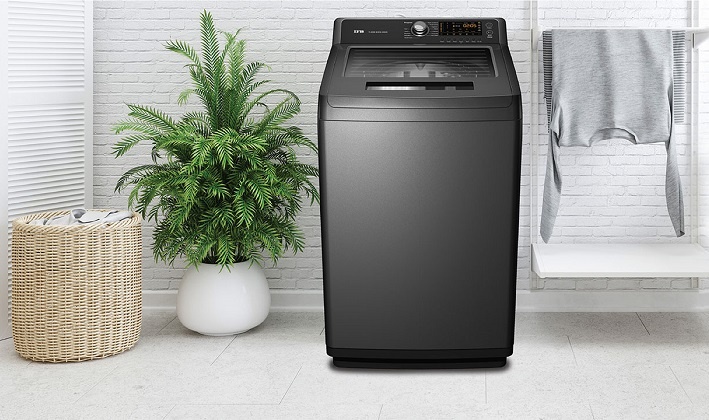
Indian markets are full of various brands and large number of models focusing on minor differences mainly in aesthetics, design, appearance, colour, size, etc. There are around 500 models of washing machines of various brands available in the market and it is very difficult to choose a good washing machine out of the huge variety of brands & models. The wide range of semi-automatic and fully automatic – top as well as front-loading machines are available. You can buy a washing machine for as low as Rs 6000 and as high as Rs 80,000. You need to ensure that it meets your requirements and make sure that you are getting value for money.
Nowadays, a washing machine even in any middle class family is a necessity along with other electrical household items. It is a big help for a household with many members because it saves huge amount of time over hand washing. We can load our clothes, start the cycle depending on our garments and wait for completion of soaking, washing, rinsing & spinning and get dried clothes. We can also use heavy cycles for larger/cotton loads or heavily soiled items. We don’t have to sit and monitor the washing process of automatic washing machine.
There are two main washing machine types: automatic and semi-automatic. Currently, front-load washing machines are contributing 30 percent to the business. The top-load is around 35 percent and the semi-automatic washing machine is 30–35 percent. Automatic machines do everything themselves. After you choose the wash programme, the machine will fill itself and go through the soak, wash, rinse and spin cycle then drain the water by removing all the excess moisture – all in the same drum. The other type of washing machine is a semi-automatic model, which needs to be filled with water before the wash begins (and then drained and filled again for the rinse cycle). You will also have to transfer your clothes from the wash drum to the spin drum. In this way, you have more control over the washing process, but it also is more labour intensive. These machines also tend to have fewer special features and cycles than automatic washing machines, but also tend to be more affordable.
Despite the top-loading machines being more prices competitive, higher energy-efficiency in front-loading washing machines brings down the consumption of water and electricity significantly, as compared to top-loading ones.
Capacity: Home-use washing machines in India have a range of 5 kg to 12 kg. For a family of two or those living alone, a 5 kg machine is more than sufficient, however, a bigger family will need a bigger capacity machine. Even a family of four, especially with small children will require a high-capacity washing machine as children go through several pairs of clothing in a single day.
Selection: During purchase of washing machine, one has to be very careful about selection of the latest model because in many cases it has been observed that when the machine gets out of order, the spare parts of the model are not available because a new model had already replaced the earlier model. Another important criteria for selecting the right washing machine is its energy efficiency and less consumption of water. Fully automatic washing machine uses around 100 to 150 litres of water for full rated load. In semi-automatic, it depends from individual to individual because rinse drum is different.
Some of the brands claim 6th sense technology that adjusts water level, wash timings and detergent doses based on fabric type and load, others claim hot wash technology with an inbuilt heater which not only removes tough stains but also eliminates dangerous bacteria from the clothes and protects from skin diseases. Other features are digital display, rat mesh, child lock, fuzzy logic, easy to use control panel, magic lint filter, automatic tub cleaning, express wash, delay start and auto restart.
Brands: LG, Samsung, IFB, Whirlpool, Haier, and Godrej remain the leading brands, with LG and Samsung cornering a combined share of 50 percent. Other popular brands include Bosch, Croma, Panasonic, and Lloyd.
Top loading/ Front loading: Front-load washing machines and top-load washing machines have the same job to wash your laundry but there are quite a few differences between the two styles. Your choice might be personal preference. If you have continuous water supply(Hot & Normal), prefer going for the Front Loading models as they have better washing performance, energy & water efficient but 10-20 % costlier, still worth considering. Avoid going for the machines loaded with complex features, selections as it complicate the washing. 4-6 selections are adequate for satisfactory washing. For better cleaning of heavily soiled clothes, use soak mode during pre-wash. Top loading machines are less costly than front loading machines and easy to move.
If you want to conserve water and electricity, front loaders use way less (more than half) water than traditional top loaders, which have to fill up entirely for the wash and rinse cycles. Opt for an Energy Star model, which reduces electricity and water use by about 20% and 35%, respectively, over non-rated models. The best front-loaders clean better and are gentler than the top-loading washing machines while using less water. Front-loaders take longer than top-loaders, but spin faster, extracting more water and trimming dryer time.
Energy Labelling: Washing machines now carry the Energy Label based on the key performance parameters i.e. Washing Efficiency, Water consumption and Energy Consumption, etc. However energy labelling programme of Bureau of Energy Efficiency is voluntary at present to become mandatory in the coming time. Manufacturers declare the motor rating in watts, however actual energy consumption will also depend on wash load. Water consumption is not declared which is very important for washing machines which have taken care in the Energy labelling program of BEE.
Read instructions manual thoroughly while operating for better results. Making these mistakes can waste time and energy, compromise cleaning, and damage your garments.
Today’s washing machines are bigger than ever and it’s tempting to cram in “just one more” thing — but don’t. Even large-capacity machines have their limits. When they’re too full, water and detergent won’t reach everything, dirt gets trapped, and clothing doesn’t get clean. Plus, overloading causes unnecessary wear on your washer, and excess fabric wrinkling.
To get the best clean, it’s important to follow your detergent’s directions and measure it. Forgo measuring and you decrease cleaning performance, whether you add too little or too much. It is okay to use a bit more for very dirty loads, or if you’re washing in hard water.
One cycle just doesn’t fit all. You probably use the “Regular” or “Delicate” cycles most often, but other settings and options are worth exploring too. They offer extra rinses for bulky items, hotter water for better stain removal and whitening, and even slower agitation for less wrinkling.
The fabric softener, detergent, or both dispensers in your machine need to be cleaned. Rinse them frequently, take them out, and after the cycle is over, keep the detergent drawer open to let any remaining water evaporation occur (otherwise, it could cause odours).
2) Wash settings
Most machines have pre-set wash programmes, such as ‘gentle wash’ for delicate clothes, and water level options. You can customise and save favourite settings. These can be adjusted through rotary controls, a touchpad or a touch screen. The first type is the cheapest.
3) Temperature control
If the washer has an in-built heater, this feature will help adjust the temperature of the water. This can prove useful in winter. Besides, hot water cleans clothes better. Some of the machines have steam setting, which helps fight dirt and stains well.
4) Time delay & pre-soak
Time delay allows you to load the washing machine
Therefore, relying on the aforementioned advice, one can undoubtedly find the washing machine that is best suited to their needs. These suggestions will not only help him/her clear up any lingering questions regarding the item, but will also make it a top pick.
We conducted market research on a few of the most popular automated top-loading washing machine models from well-known companies that are ideal for average families (6.0–8.0 kg capacity), in order to assist consumers in making well-informed decisions before purchasing a washing machine.
| S No | Brand | Model | Capacity, kg | MRP,Rs. | Drum Type | Net Weight, Kg | Annual Energy consumption, | Star rating |
Warrantee, yrs (Product+ Motor) |
Wash Programs |
| 1 | Godrej | WTEON 600 AD 5.0 ROGR | 6.0 | 13690 | Steel | 29.5 | 0.012 kwh/kg/cycle | 5 | 2+10 | 9 |
| 2 | Panasonic | NA-F60LF1HRB | 6.0 | 13990 | Steel | 29 | 360 Watts | 5 | 2+10 | 8 |
| 3 | Godrej | WT EON 620A Gp Gr | 6.2 | 12700 | Acu Wash Drum | 360 Watts | nil | 2+10 | 5 | |
| 4 | Samsung |
WA65A4002VS
|
6.5 | 14590 | Diamond Drum | 29.5 | nil | 2+2 | 6 | |
| 5 | LG | T65SKSF4Z | 6.5 | 16490 | Stainless-Steel | 32 | 5 | 2+10 | ||
| 6 | Samsung | WA65T4262GG | 6.5 | 15950 | Steel | 30 | 200kwh/yr | 5 | 2+10 | |
| 7 | IFB | TL-RSS 6.5KG AQUA | 6.5 | 18590 | Stainless Steel | 35 | 5 | 4+10 | 6 | |
| 8 | Bosch | WOE651D0IN | 6.5 | 18490 | 36.7 | 200kwh/yr | 5 | 2+10 | 8 | |
| 9 | whirlpool | WHITEMAGIC ROYAL | 6.5 | 14700 | 27 | 360 Watts | 5 | 2+5 | 12 | |
| 10 | IFB | TL-REW 6.5KG AQUA | 6.5 | 16890 | Stainless-Steel | 35 | 5 | 4+10 | 8 | |
| 11 | Whirlpool | STAINWASH ULTRA | 6.5 | 18890 | Stainless Steel | 31 | 5 | 2+10 | 12 | |
| 12 | whirlpool | WHITEMAGIC ROYAL PLUS | 7.0 | 16970 | Stainless-Steel | 30 | 200kwh/yr | 5 | 12 | |
| 13 | LG | T70SJMB1Z | 7.0 | 23490 | Stainless-Steel | 33 | 200kwh/yr | 5 | 2+10 | |
| 14 | LG |
T75SKSF1Z
|
7.0 | 19840 | Stainless Steel | 32 | 5 | 2+10 | 8 | |
| 15 | LG | T70SJSF3Z | 7.0 | 23590 | Steel | 31.5 | 5 | 2+10 | ||
| 16 | Panasonic | F75AH9RRB | 7.5 | 25690 | Steel | 32 | 113 kwh/yr | 5 | 2+12 | 10 |
| 17 | whirlpool | WHITEMAGIC ROYAL PLUS | 7.5 | 17750 | Stainless-Steel | 30 | 360 Watts | 5 | 12 | |
| 18 | LG | T80SJMB1Z | 8.0 | 23980 | Stainless Steel | 33 | 200kwh/yr | 5 | 2+10 | |
| 19 | IFB | TL-SDG | 8.0 | 28950 | Stainless Steel | 53 | 4+4 | 12 | ||
| 20 | LG | T80SJFS1Z | 8.0 | 24250 | Stainless Steel | 38.7 | 5 | 2+10 |
Note: Please check latest prices at amazon.in or firtkart.com as these may vary with time to time.
Given below are few tips that will help you get better results from your washing machine, as well as keep the clothes & washing machine in good condition for a long time.
The page you requested could not be found. Try refining your search, or use the navigation above to locate the post.

Every year we observe March 8 as International Women’s Day. According to the Unite Nations, the purpose of this day is to uphold women’s achievements, recognize challenges, and focus greater attention on women’s rights and gender equality. The state of women’s health and nutrition is critical to their overall well-being. Adequate nutritional status of women significantly impacts their work capacity and the health of their children. Eating a well-balanced diet and practicing good nutritional habits can aid in the prevention of several ailments, and thus help in maintenance of good health. In this article, we discuss some of the major nutritional disorders prevalent among Indian women, nutritional needs of women during different life stages, and some tips to address these concerns.
Richa Pande
According to the NFHS 5 data, more than 50 % Indian women and adolescent girls are anaemic. There’s high prevalence of malnutrition concerns like underweight and overweight/obesity at the same time. Additionally, the prevalence on non-communicable diseases (NCDs) like hypertension, diabetes, cancer, heart disease, arthritis, and osteoporosis among Indian women.
They also struggle with micronutrient deficiencies. The above data gives us an insight about the nutritional status of Indian women.
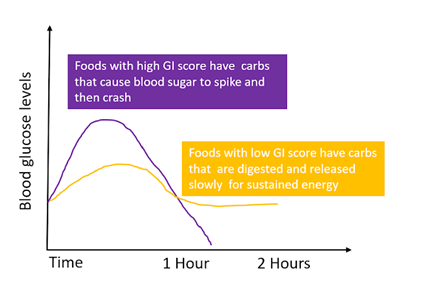
The above data gives us an insight about the nutritional status of Indian women. Now lets us try to understand the reasons behind it. Women are more likely than men to experience nutritional deficiencies due to a variety of factors, including their reproductive biology, low social status, poverty, and lack of education.
Women have different nutritional needs at different stages of life. Women go through several hormonal changes throughout their lives, making certain nutrients essential at different stages for their healthy development and overall well-being.
During adolescence a girl goes through many physical and hormonal changes coupled with increased growth rate, hence nutritious food is essential for her growth and development. Her diet must include all essential macro and micronutrients with an emphasis on adequate consumption of Protein, Calcium, and Iron. Consumption of junk food should be limited. It’s important to practice healthy eating habits during this stage as these will be carried on into later stages of life.
Post adolescence, women undergo a transformative stage as well as these are the years when they pursue higher education, career interests, get married, and plan a family. It’s natural to get stressed during this stage but it’s important to deliberately make good health choices such as staying physically active, taking care of your mental health, avoiding emotional eating, etc. It’s important to have enough amounts of Protein, Iron, Calcium, Vitamin D, Omega -3 fats, and Vitamin B12.
It’s crucial for a woman to have a good nutritional status if she is planning to get pregnant. Women diagnosed with PCOD, thyroid, or anaemia must take special care of their health especially if they are planning to get pregnant. Underweight and overweight women should also focus on weight management before conceiving a child. You can seek a nutritionist/ health practitioner’s advice to manage your diet if you are planning to get pregnant. It’s important to understand that pregnancy can affect your mental health. Also, you can deal with post-partum depression, thus it is advisable to stay educated about mental health and take necessary precautions before pregnancy itself. Know that to deal with the changes during this stage, you need a strong body and mind, which can only be obtained by adopting a healthy eating style, sufficient physical activity, and adequate rest.
During pregnancy, it’s important to seek the advice of a health practitioner and follow it. Take proper rest and adequate sleep. Have foods rich in folic acid, Vitamin B12, Vitamin D, Calcium, Omega-3 fats and Iron. If you face any discomfort, discuss it with your healthcare provider. It’s also important to educate yourself about feeding your child in advance. It’s also important to have knowledge about your nutritional needs when you are feeding your child. You can discuss this with a nutritionist or a dietitian and can further self-educate yourself about it via literature recommended by your health practitioner. Note that along with the nutrients, your fluid intake will play an important role in managing the feeding experience.
It’s important to take care of your health throughout your life but special emphasis must be put on it when you are in your late thirties and early forties. Educating yourself about perimenopause, and menopause is a good idea. Women start perimenopause at different ages. During this stage, you might notice some irregularity in your periods. You are diagnosed to have menopause once you’ve gone through 12 consecutive months without a menstrual period. It’s important to have regular health check-ups during this stage, eating healthy, staying physically active, and taking proper rest and adequate sleep. Practicing yoga, meditation, and breathing exercises can be soothing. It’s vital to have foods rich in Calcium, Folic acid, Vitamin B12, Vitamin C, and Fibre. It’s important to note that post menopause, your body requirement of Iron decreases. If you were taking Iron supplements before menopause, consult your health practitioner for an adjusted dose for during perimenopause and post-menopause.
|
Dietary sources of some micronutrients crucial for women’s health |
|
|
Calcium |
Cereals and legumes like ragi, bengal gram, horse gram, rajma and soyabean). Green leafy vegetables like amaranth, cauliflower greens, curry leaves, knol-khol leave, agathi leaves, Colocasia leaves. Nuts and oilseeds like almonds, sesame seeds, tahini seeds, etc. Dairy products like milk, curd, yogurt, buttermilk, cheese, etc. |
|
Iron |
Green leafy vegetables such as amaranth, spinach, bengal gram leaves, cauliflower greens and radish leaves. Organ meats, poultry, and seafood. Oilseeds like pumpkin seeds, flax seeds, and sunflower seeds. Fortified Salt. Eating iron rich foods with foods rich in Vitamin C improves the absorption of iron. |
|
Vitamin B9/ Folate/ Folic Acid |
Vegetables such as broccoli, amaranth, beets, peas, kale, spinach, etc. Pulses like chickpeas, bengal gram, black gram, green gram, and red gram. Oil seeds like peanuts, sesame seeds and sunflower seeds. Eggs are also a good source of vitamin B9.Citrus fruits like oranges, grapefruit, lemons, and limes are rich in folic acid. Papayas, Bananas, Avocados ARE ALSO RICH IN FOLATE. |
|
Vitamin C |
amla, guava, kiwis, lemons, oranges, papaya, strawberries, tomatoes , |
|
Vitamin D |
egg yolk, salmon, tuna, cod liver oil, sardines, mushroom, Vitamin D fortified foods |
It’s time for women to prioritise their own nutritional and health needs because taking care of ourselves comes before taking care of others. Women frequently disregard these needs. They must also ask for assistance when they need it rather than struggling silently and letting it affect their wellbeing.
The page you requested could not be found. Try refining your search, or use the navigation above to locate the post.

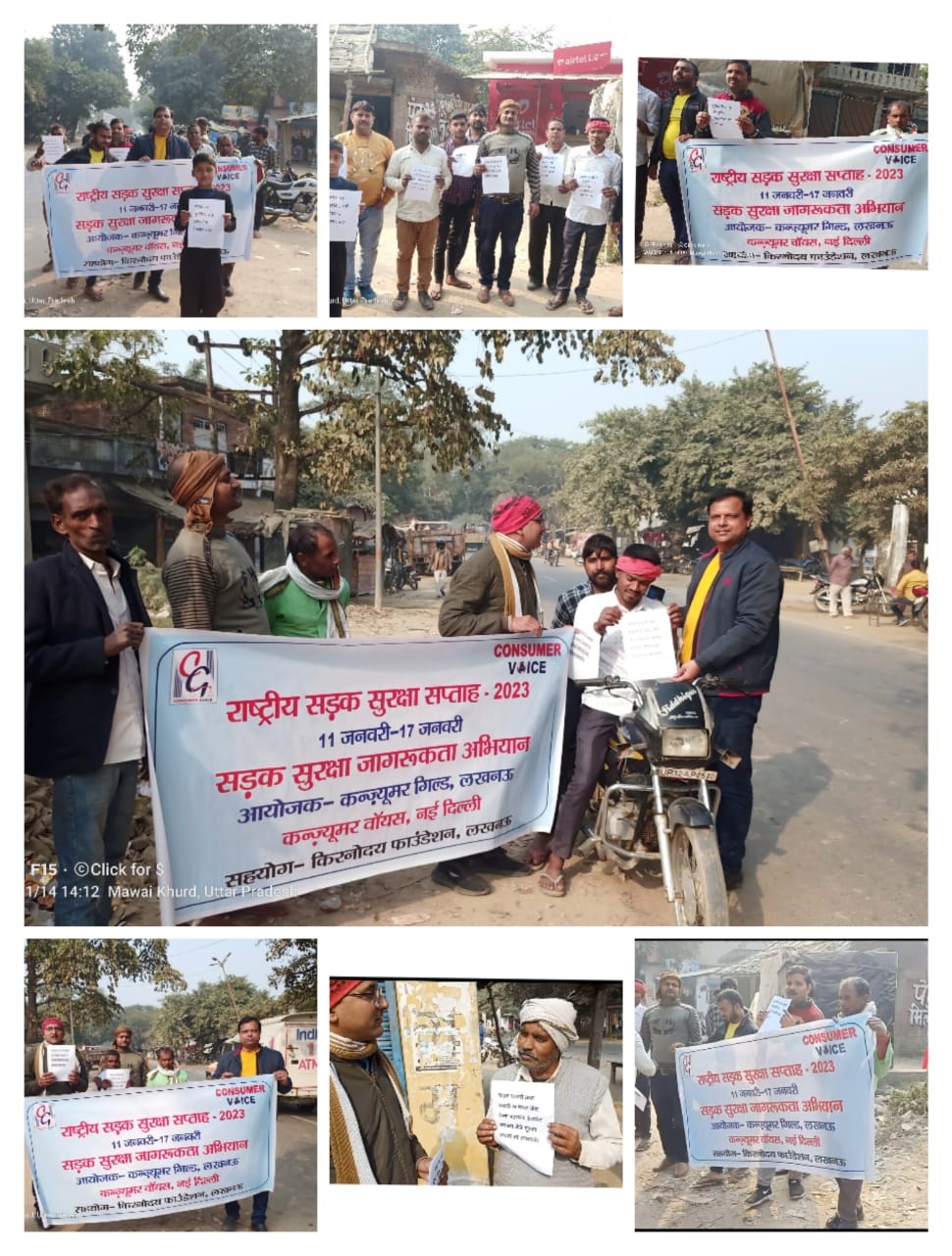
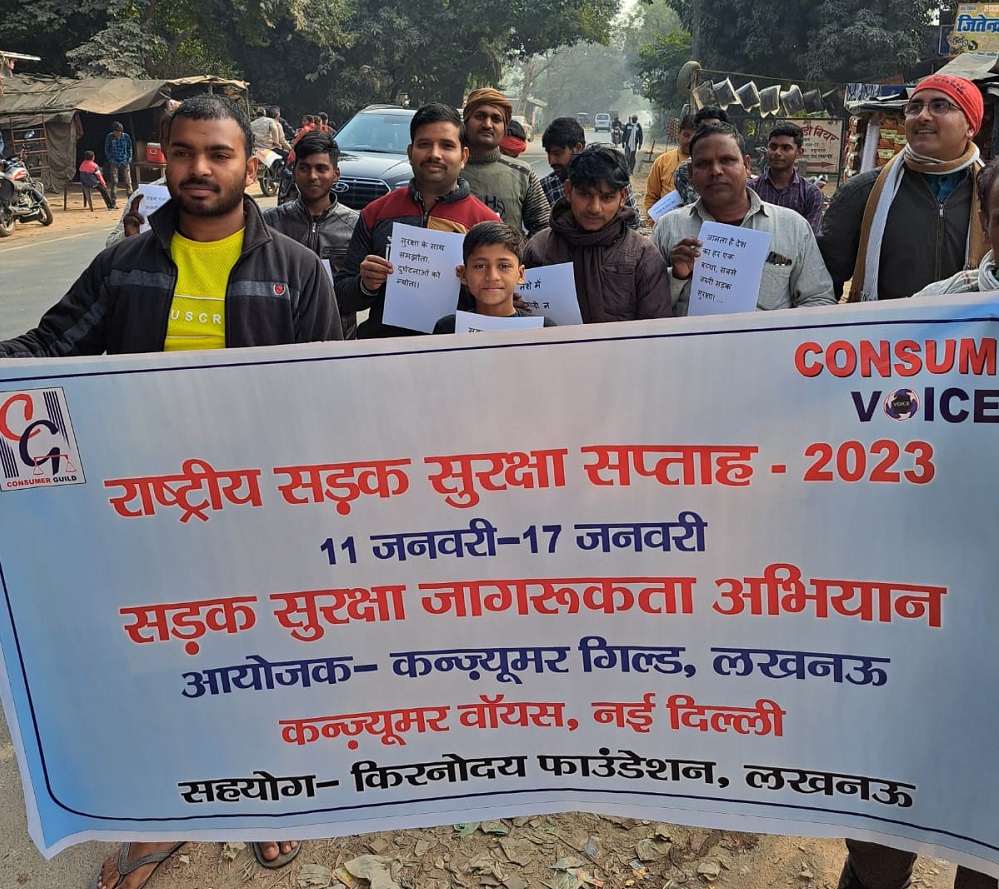
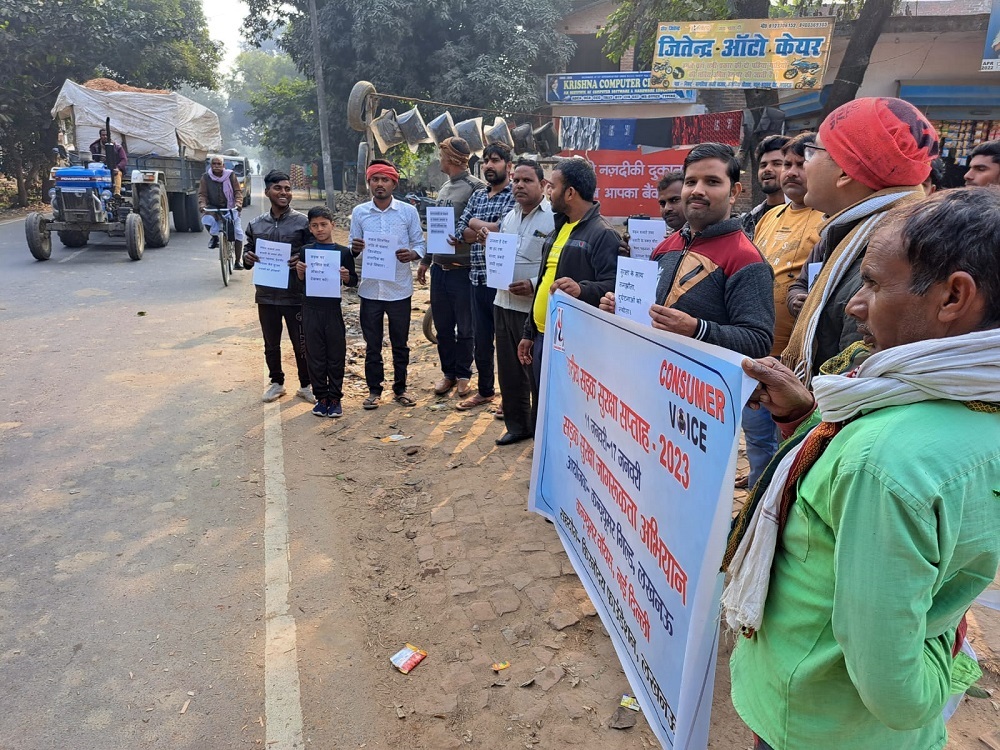
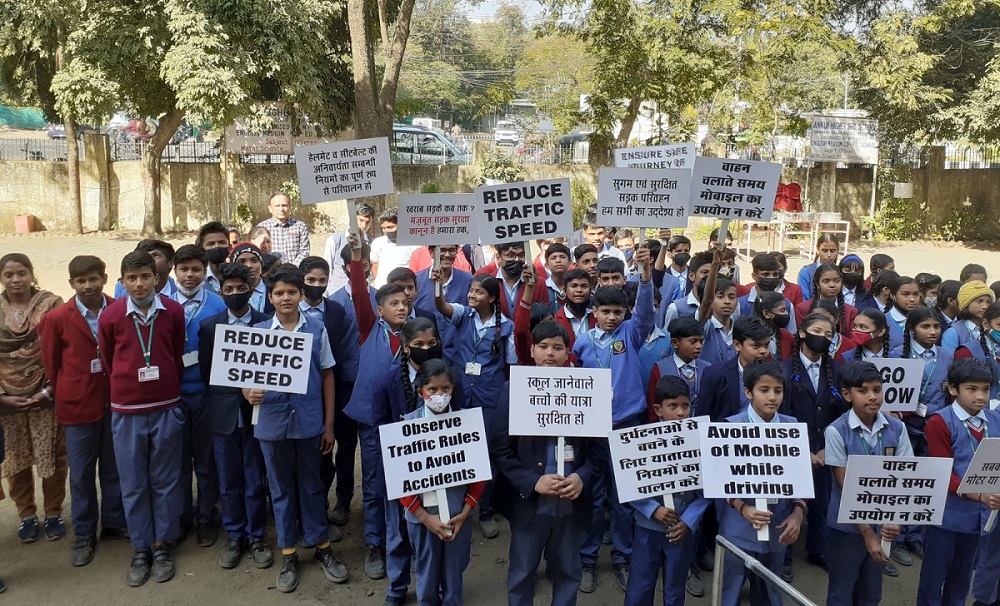

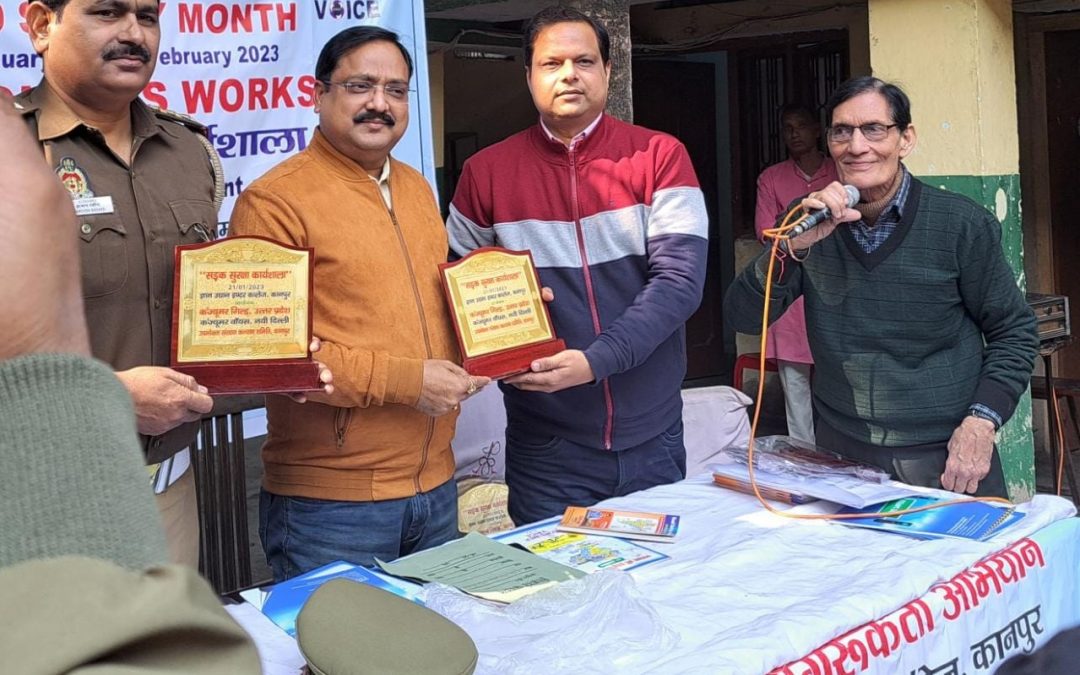
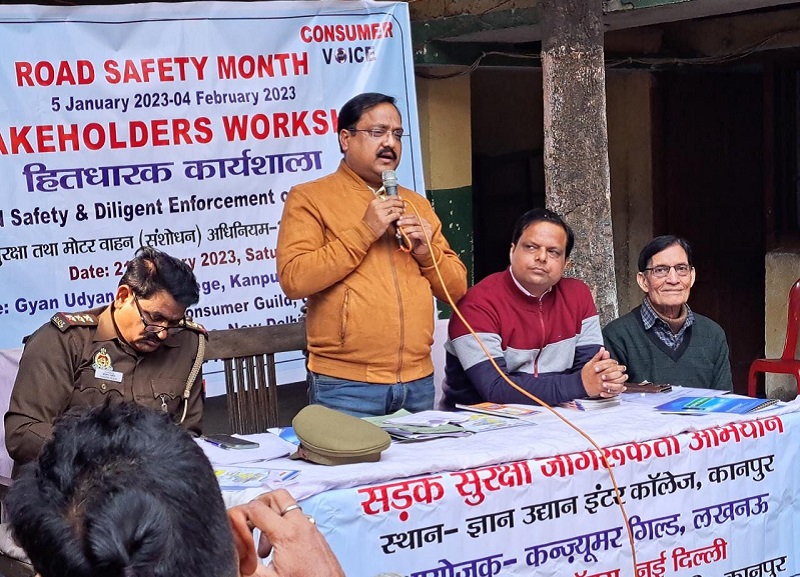
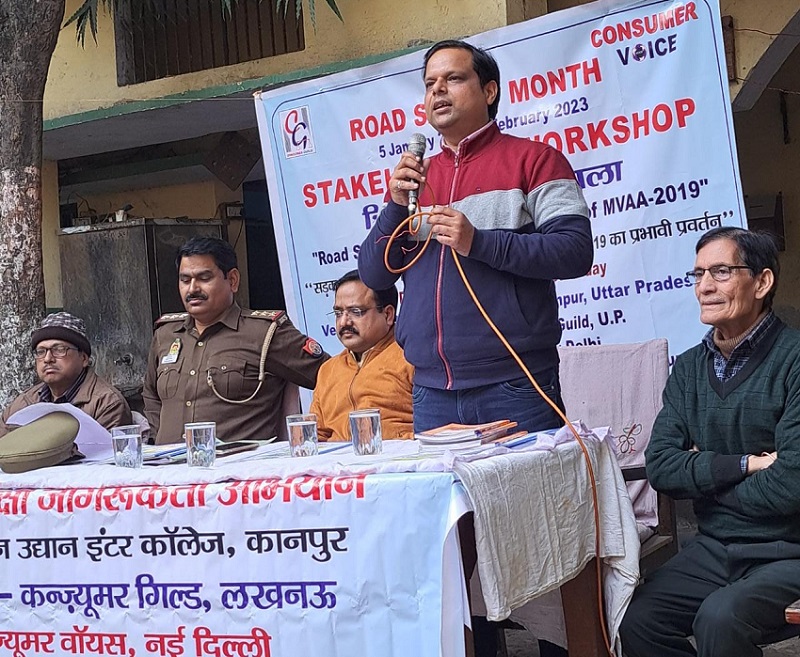
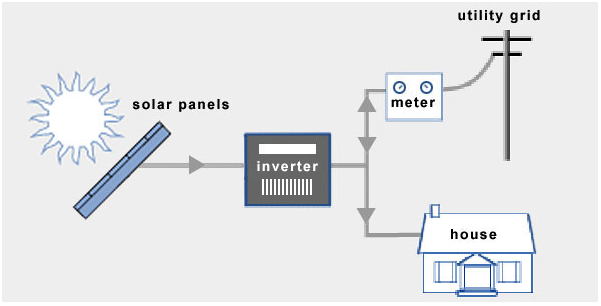
Solar panels are increasingly being installed by homeowners wishing to take advantage of a system that produces green energy and insulates them from rising energy prices. A rooftop solar power system can provide us with a clean and efficient source of energy for the home, saving us money and reducing dependence on the power grid. If you are worried about the amount of money spent in installation, just know that it will pay you back in just six to nine years in terms of savings in monthly bills. The useful life of a typical solar power plant is considered to be 25 years. By choosing solar, you make an investment you can be proud of and show your commitment to clean, renewable energy. In this report, we explain the common types of solar electric systems, the parameters on the basis of which one may choose the one that best suits their requirements, and other points that may concern the consumer.
Simply put, a solar rooftop photovoltaic (PV) system converts sun’s light energy into electricity energy through solar panels mounted on the rooftop of a building. This is how a solar panel works. As light hits the solar panels, the solar radiation is converted into direct current (DC). The direct current flows from the panels and is converted by the solar inverter into alternating current (AC) used by local electric utilities. The plant can be connected to the grid or can be designed to be off-grid.
Rooftop solar is helping consumers not only reduce their electricity bills, but also do their bit for the environment. It allows them to generate electricity for self-consumption and sell surplus, if any, to the discom, which in-turn pays them for the surplus energy generated over and above their own consumption as per applicable regulations.

Components that are required for rooftop solar installations are: photovoltaic panels (to convert solar sunshine into direct electricity), batteries to store electricity when power is not required and the sun is shining, inverters to convert direct current (DC) into AC, cables and other miscellaneous items like junction boxes, earthing, lighting arrestors and conduits. Panels account for about 50 per cent of the total cost.
The common types of solar electric system are described here. Each has distinct applications and components.
In this system the solar panels are connected to your local utility electrical grid. A grid-connected system consists of:
Very similar to the grid-connected system, this system adds a battery bank to collect the power generated from the solar panels. Power stored in the batteries can be used during outages. The battery bank collects power produced by the solar panels, sends it to breaker box, and then into the house power system.
Off-grid systems are not tied to any utility power lines and are most common in remote areas where connecting to the utility grid is more expensive than purchasing an off-grid system. In off-grid systems, the solar electric system represents the home’s main source of power. Batteries store unused solar energy for use at night. Generators and other backup fuel sources are sometimes used as backup power when the solar power stored in the batteries is not enough to meet household needs.
Your home’s power requirements, roof type and solar resource will determine the type and size of the solar electric system. The right choice will depend on how much sunlight your area receives, your budget, how much conventional power you want to offset with solar power, and where the solar panels will be mounted. Please check all details at link given below: https://solarrooftop.gov.in/rooftop_calculator
Efficiency is an important parameter. This is a measure of the panel’s electricity output (in watts) compared to its surface area – basically how much solar energy is converted into electrical power, which is usually around 15 per cent to 20 per cent depending upon the sophistication of the panel. Generally, the higher the efficiency, the more power you can get from a given roof area, and you might have lower installation costs too. However, if you have plenty of roof space, you may find it more economical to buy cheaper panels with lower efficiency and just use more of them.
Tata Solar, Luminous Solar, Adani solar, Vikram solar, Moser Baer Solar, Sukam Solar, Havells Solar Solaredge, Microtek Solar, Exide Solar, Waaree Solar, Vikram Solar, Jakson Solar, Lubi Solar, Delta Solar Inverter, ABB Solar Inverter, Consul Neowatt Solar Hybrid Inverters.
The cost of a solar PV system will depend on many variables including the system size and the quality of components used. The approximate cost of a 1 kWp (kilowatt peak) rooftop solar PV project ranges from Rs 55,000 to Rs 85,000 for the state of Delhi – this includes installation charges but excludes cost of storage batteries (if required) and subsidy. The overall cost depends on the size of the project as rates are a little lower for a higher-size project. Prices of solar PV systems offered by various vendors can differ significantly.
Solar PV module (250 watt peak [wp] x 4 [number of systems]): Rs 35,000–Rs 40000/-
PV module mounting structure (1 kW set): Rs 5,000
Tubular batteries (150 Ah x 2 [number of batteries]): Rs 22,000–Rs 28,000
Solar inverter (1.5 kilo-volt-amperes [KVA]): Rs 22,000–Rs 25,000
Cabling and other accessories: Rs 10,000
Transportation and installation: Rs 10,000
The above-mentioned costs will come with GST extra
Generating units per day = 4–4.5 units
(Total project cost of one off-grid rooftop solar system works out to Rs 60,000–Rs 90,000/kWp. Final cost will vary depending on quality of equipments/brands.)
According to solar power system experts, one kilowatt (kw) of the solar system is sufficient for an average family of three to four people with only requirement of running a couple of tube lights, charger and fans. However, for a larger family or to run an air conditioner at home, a 3-5 kW solar system will be required at least.
There is a subsidy of 40 per cent (up to 3 KW) of maximum of the actual project cost from the ministry of new and renewable energy (MNRE), to be routed through discoms.
The consumer can download the solar net-metering rooftop application form from the websites of DISCOMs. The consumer will receive a net import/export bill indicating either net export to the grid or net import from the grid. The consumer will settle the same as per existing norms.
The consumer shall be paid for net energy credits that remain unadjusted at the end of the financial year at the rate of average power purchase cost (APPC) of the distribution licensee for the respective year on provisional basis. The consumer shall settle the same as per existing norms. Discom will pay the consumer for surplus power generated which remain unadjusted at the end of financial year as per existing regulation.
In net metering, the excess solar energy is exported to the grid. This excess solar energy is deducted from the energy imported from the grid subject to certain conditions. The consumer pays for the net energy imported from the grid.
Most solar electric systems come with a five-year guarantee and 25-year warranty, but maintenance may be required to comply with a manufacturer’s warranty.
Proper maintenance of your system will keep it running smoothly. Most vendors recommend a yearly maintenance check by your installer. Solar panel may need to be cleaned in climates with infrequent rainfall.
In grid-connected rooftop, the DC power generated from the solar photovoltaic (SPV) panel is converted into AC power using a power conditioning unit (PCU) and it is fed to the grid, either of 33 kV/11 kV three-phase lines or of 440 volt/220 volt three-phase lines/single-phase line, depending on the capacity of the system installed at institution/commercial establishment or residential complex and the regulatory framework specified for respective states. These SPV systems generate power during the daytime which is utilised fully by powering captive loads and feed excess power to the grid. Where solar power is not sufficient due to cloud cover, etc., the captive loads are served by drawing power from the grid.
Such SPV systems can be installed at the rooftops of residential and commercial complexes, housing societies, community centres, government organisations, private institutions, etc.
A 1 kW rooftop system generally requires 12 sq. metres (130 square feet) of flat, shadow-free area (preferably south-facing). Actual sizing depends also on local factors of solar radiation and weather conditions and shape of the roof.
You need to install the system through a state nodal agency or an MNRE-empanelled agency (that is, contractor) for getting MNRE subsidy.
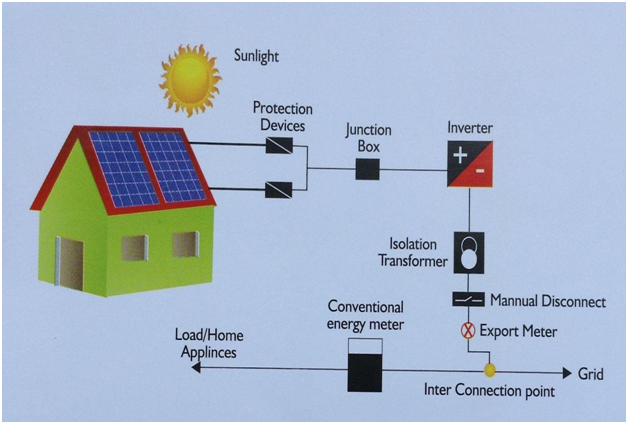
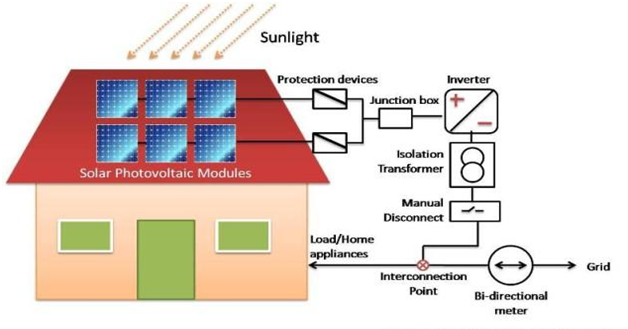
The usual benchmark for energy generated from a 1 kW solar power plant is 1,500 units per annum. The amount of actual energy generated depends on both internal and external factors. External factors that are beyond the control of a solar power developer can include these:
NIC has developed a simple but informative and useful application for the layman as well as the developers of solar power. Initially android version of the app has developed. The app namely ARUN (Atal Rooftop solar User Navigator) has got the following features.
Ministry of New and Renewable Energy, Government of India is implementing Grid-connected Rooftop Solar Scheme (Phase-II). Under this scheme Ministry is providing 40% subsidy for the first 3 kW and 20% subsidy beyond 3 kW and up to 10 kW. The scheme is being implemented in the states by local Electricity Distribution Companies (DISCOMs).
Residential consumers willing to set-up a rooftop solar plant under MNRE scheme can apply online and get rooftop solar plants installed by listed vendors. For this, they have to pay the cost of rooftop solar plant by reducing the subsidy amount given by the Ministry as per the prescribed rate to the vendor. The process of which is given on the online portal of the DISCOMs. The subsidy amount will be provided to the vendors by the Ministry through the DISCOMs. Domestic consumers are informed that to get subsidy under the scheme of the Ministry, they should install rooftop solar plants only from the empanelled vendors of the DISCOMs following due process of approval by DISCOMs.
For more information, contact the concerned DISCOM or dial MNRE’s toll free number 1800- 180-3333. Click on https://solarrooftop.gov.in/grid_others/discomPortalLinks to know the online portal of your DISCOM.
Sources: http://mnre.gov.in, https://solarrooftop.gov.in
The page you requested could not be found. Try refining your search, or use the navigation above to locate the post.